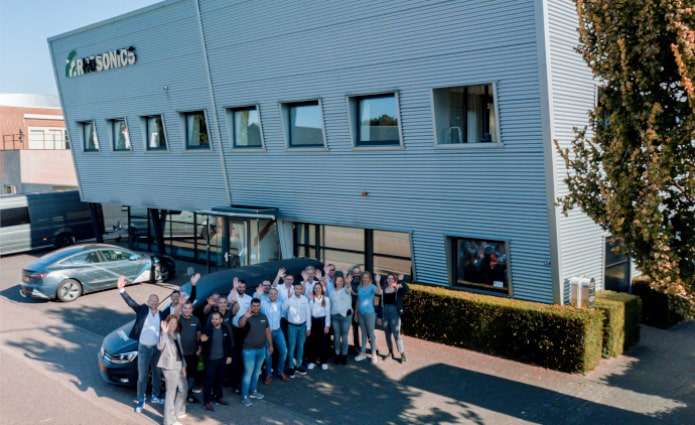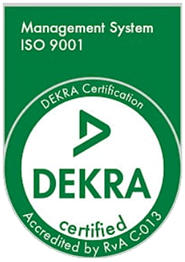Unlocking the Depths: Trailing Suction Hopper Dredgers
Thursday 01 Feb 2024
In the world of dredging, few vessels are as crucial as trailing suction hopper dredgers (TSHDs). These impressive ships play a vital role in maintaining navigable waterways, harbors, and ports around the globe. Let’s delve into what exactly these vessels are, how they operate, and why they stand out from stationary dredging boats.
What are Trailing Suction Hopper Dredgers?
Trailing suction hopper dredgers are specialized ships designed to remove sediment, silt and debris. They remove it from the bottom of bodies of water, such as rivers, estuaries, and oceans. Unlike stationary dredgers, which operate from a fixed position, TSHDs are mobile and capable of dredging while moving.
How Do Trailing Suction Hopper Dredgers Work?
The operation of a trailing suction hopper dredger can be broken down into four key steps:
- Suction: The dredger utilizes powerful pumps to create suction at the bottom of the water body, drawing sediment and water into the hopper.
- Transport: As the hopper fills up, the vessel moves to a designated disposal area. TSHDs are often equipped with dynamic positioning systems to maintain precise positioning during dredging operations.
- Discharge: Once at the disposal site, the hopper’s contents are expelled through bottom doors or pumps, pumping the material to shore or by ejecting it using a rainbow installation. This allows the sediment to settle while the excess water is discharged back into the water body.
- Repeat: The dredging process is repeated as necessary to achieve the desired depth or to maintain navigational channels.
Advantages of Trailing Suction Hopper Dredgers
Trailing suction hopper dredgers offer several advantages over traditional dredging vessels. For one, they’re self-propelled, allowing them to navigate to dredging sites without the need for external assistance or infrastructure. This mobility means TSHDs can dredge while in motion, reducing dredging time compared to stationary dredgers. Also, it allows them to operate in a wide range of water depths and conditions, from shallow rivers to deep-sea channels. By dredging while moving, TSHDs also minimize disruption to marine ecosystems and reduce the turbidity and sedimentation associated with stationary dredging operations.
You can find an excellent explanation of the functioning of a TSHD here, alongside a diagram which showcases how the equipment works.
The Importance of Slurry Density Measurement in Dredging
Slurry density directly impacts the filling time for the material into the hopper, dredging efficiency and pump performance and in Trailing Suction Hopper Dredgers, so accurate measurement of slurry density is essential in optimizing dredging operations and ensuring operational safety.
The Rhosonics SDM ECO is the perfect tool for this purpose. With its advanced ultrasonic sensor technology, the SDM ECO delivers reliable, repeatable density indications, even in the most challenging conditions. Its robust design, featuring highly abrasion-resistant materials, ensures durability and longevity, minimizing maintenance requirements and maximizing uptime.
TSHDs rely on precise control of suction parameters, such as suction speed and pump rate, to effectively dredge while in motion. By integrating real-time slurry density measurements from the SDM ECO with flow rate data from a flow meter, TSHD operators can fine-tune these parameters to maximize dredging efficiency, regardless of whether the vessel is stationary or in motion.
Conclusion
Trailing Suction Hopper Dredgers are instrumental in maintaining navigable waterways and maritime infrastructure, among other critical functions. With their mobility, efficiency, and versatility, these vessels play a vital role in ensuring safe and efficient navigation for vessels of all sizes. By utilizing tools like the Rhosonics SDM ECO to monitor slurry density and optimize dredging parameters, operators can further enhance efficiency and safety while minimizing the environmental impact of traditional nuclear-based density measurements.
Learn more about the Rhosonics SDM ECO by checking out our product page here.
Want to have frequent updates on our products? Then please subscribe to our newsletter or follow us on our social media accounts at LinkedIn, Twitter and Instagram.
Receive our technical update?
Fill in your name and email address and we’ll keep you in the loop on our latest technology updates.



